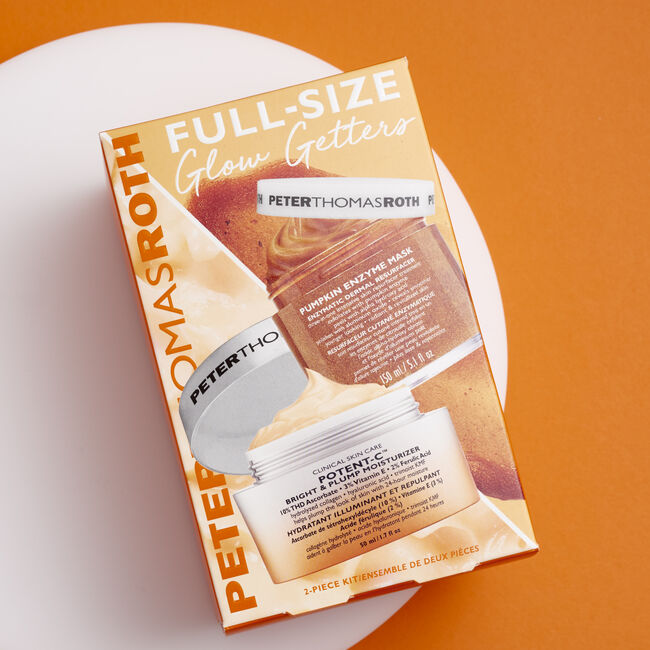Rose Water Gel Cleanser – 100% PURE
Deeply hydrating face cleanser employs balancing rose hydrosol, toning white tea, and a blend of calming florals to replenish dry skin.
For All, Dry Skin Types
Gentle face cleanser uses a blend of florals to deeply hydrate skin for a soft, replenished complexion. Rose hydrosol lightly moisturizes, reduces redness, and balances pH to soothe even the most sensitive skin.
DIRECTIONS
Pump into clean hands. Add warm water and rub hands together to create a light lather. Gently massage in circular motions over the face and neck. Rinse thoroughly with warm water.
SIZE
4 fl oz / 118 ml
SOURCE
Made in USA
Additional information
| Ingredients | Glycerin, Decyl Glucoside, Coco-Betaine, Rosa Damascena Distillate (Rose Hydrosol)*, Calendula Officinalis (Calendula) Flower Extract, Camellia Sinensis (White Tea) Leaf Extract, Chamomilla Recutita (Matricaria) Flower Extract, Citric Acid, Rosa Damascena (Rose) Flower Oil, Aqua (Water), Citronellol**, Eugenol**, Geraniol** *Organic Ingredient **Component of Natural Essential Oil |
|---|











by Charlotte
Switched to this cleanser over a similar one was using from a different brand, that wasn’t quite as ‘clean’ in all of its ingredients. Have really been enjoying it so far as my daily morning and night cleanser. Very light while still feeling like it’s cleaning my skin. Love the rose smell.
by Rena
I love the way this makes my skin feel , so soft and clean and I love the smell. I don’t worry because I’m not putting any bad chemicals on my face.
by Tesa
This product is so smooth and smells great. Works well and skin feels clean and refreshed–does not strip natural moisture. Highly recommender